I have much to learn about Nigerian cuisine, regional as it is and none is more special to me at the moment that the cuisine of Northern Nigeria. A cuisine that’s more than suya and kilishi, that has interesting stews, soups and drinks.
The first time I heard/ read of Masa was on Afrolem’s blog. And because it doesn’t take much to surprise me, shocked was I. It reminded me of poffertjes – small, flying-saucer shaped yeasted pancakes cooked in a similar pan though with smaller divots. And also of North Indian Idlis, which are steamed, not pan-fried. And then I read the ingredients list and it was South Indian Appams that came to me, save for the coconut milk.
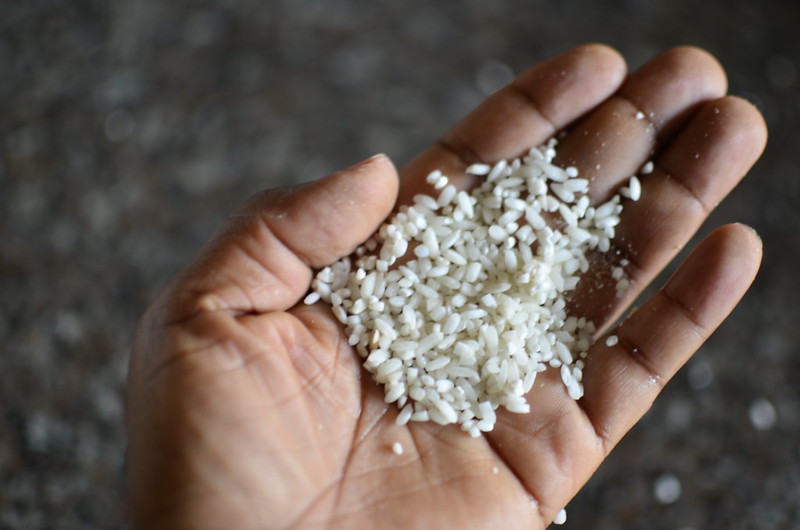
Shortly after I learnt about them, my sister visited Abuja. Boy, the way I begged and bothered her to get me a pan was legendary. And yes, she came back with one, albeit huge, and commonly used by street sellers. And yes it wouldn’t fit on my stove top but I was no going to let that…, will not let that deter me.
The first time I tasted Masa was in 2014 from a popular suya spot – Yahooze in Abuja.
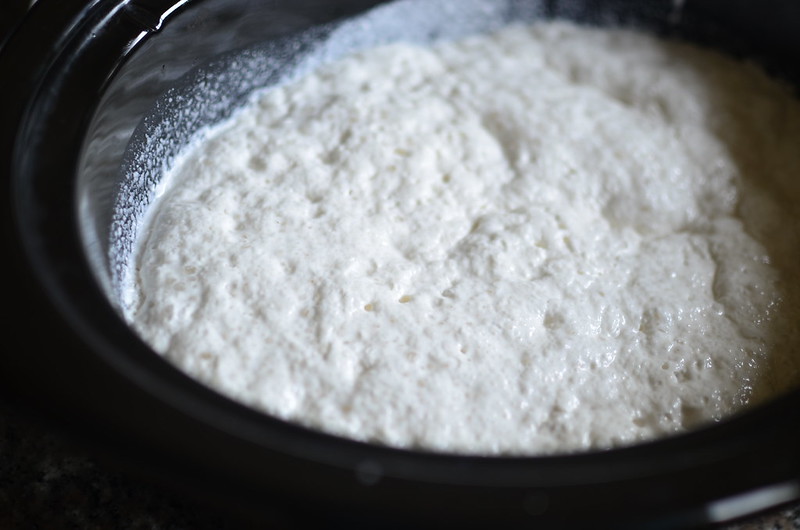
The texture was of crumpets totally – holey and chewy, with a different taste – sweeter, ‘ricey’. With Suya, it was awesome. And finally, in 2015, I made some Masa. And loved it. And managed to get my daughter, J so taken with it.
Working out proportions was tricky in the first attempt but we did good in the end. The kind of rice you use will determine how much swelling and absorption of the rice will occur. I used a variety of ‘Tuwo’ rice known as sinasir, of broken short grains.
The most important thing though with making masa is timing. For a recipe that takes a long time from start to fry – 12 – 16 hours, a lot of which is resting time, one has to plan accordingly. Depending of course on when you want to serve it.
The beautiful thing though is you can make the batter ahead of time, it refrigerates well and freezes even better so worry not.
To serve this for breakfast, you’ll need to start the night before with the soaking and blending of the rice – this needs a long rise to produce the rise and slightly fermented dough/ batter.
When it’s ready, avail yourself of great yogurt, some fruit sauce and feast. Feast.
- 2 1/2 cups raw sinasir rice
- 1 1/2 teaspoons instant/ active dry yeast
- 4 tablespoons sugar
- 1/4 teaspoon ground akaun (cooking potash, optional)
- 4 tablespoons cooked rice
- ½ teaspoon salt
- Soak rice in water for 4 - 5 hours. The rice swells a bit, about 3 3/4 cups.
- In 1 cup of warm water, dissolve the sugar and akaun, if using. Sprinkle the yeast over the top, stirring. Set aside in a warm place for 8 to 10 minutes, until the yeast blooms and is frothy.
- You may have to do this in batches - in a blender, combine the rice with the yeasted water and blend till a smooth batter is formed. Add the cooked rice and blend again to combine. The resulting batter will be thick and starchy.
- Put in a deep bowl, leaving enough room to rise then cover with a tea cloth and set in a warm place. Head to bed, giving it the 8 - 12 hours rest it requires to rise and ferment.
- Ready. Yes, you and your masa batter are set for frying. The batter will be full of holes and airy. Add the pinch of salt and more sugar if you like.
- To fry, heat up your pan and grease lightly with oil. Fill the divots/ holes with a spoonful or two depending on their size and allow cook, about 2 - 3 minutes on each side or till it's taken on some golden colour.
- Remove from the pan.
- Serve with yogurt, fruit purees, yaji. kuli-kuli (peanut powder) or anything that tickles your fancy.
- All eaten. Done. Finished.
- You can skip the akaun if you can't find it or don't want to use it, or use baking soda instead.
- Refrigerate leftover batter or freeze. To use from frozen, let thaw in the fridge then use when fluid.
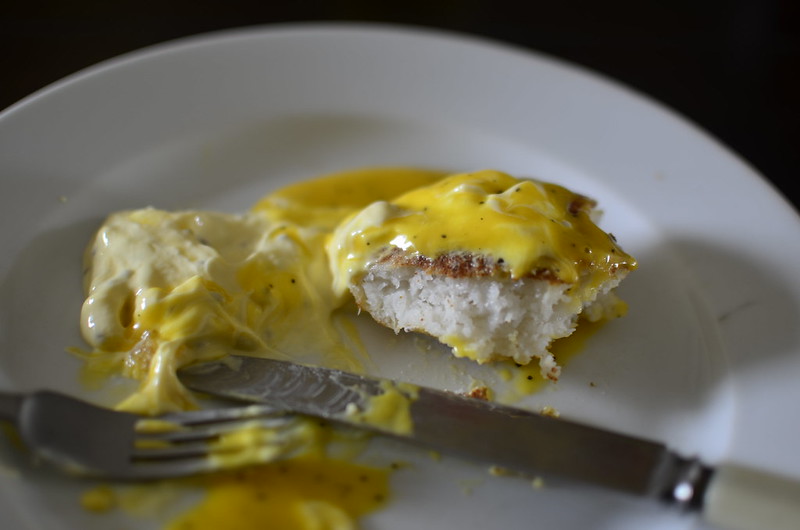
More ideas with and in masa coming soon. Ramadan Kareem.

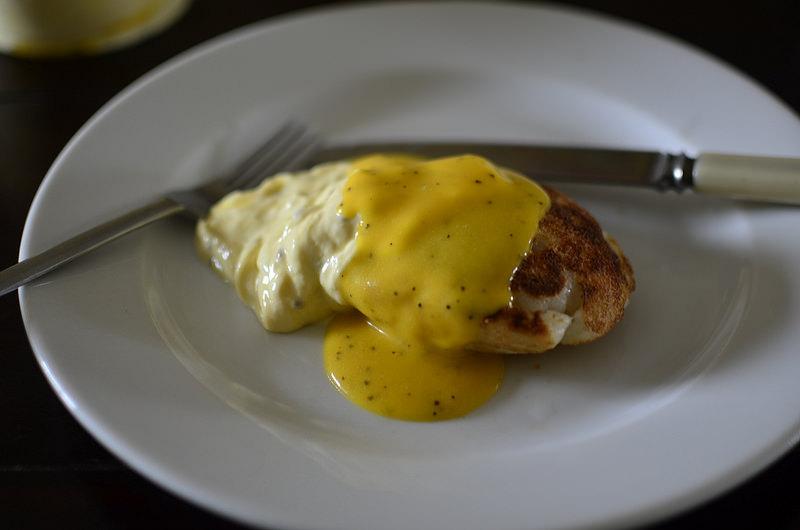
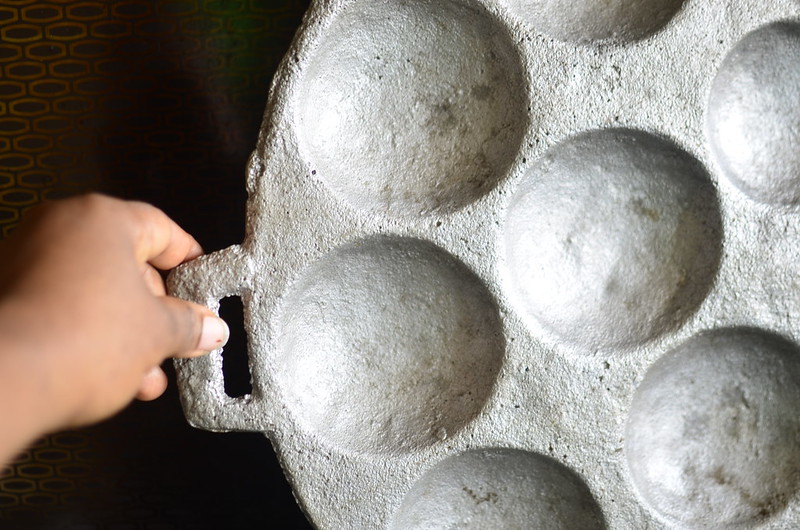
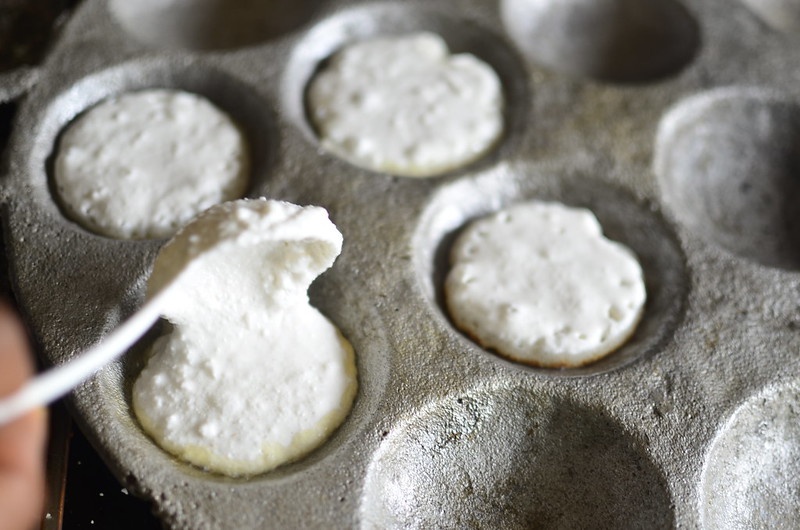
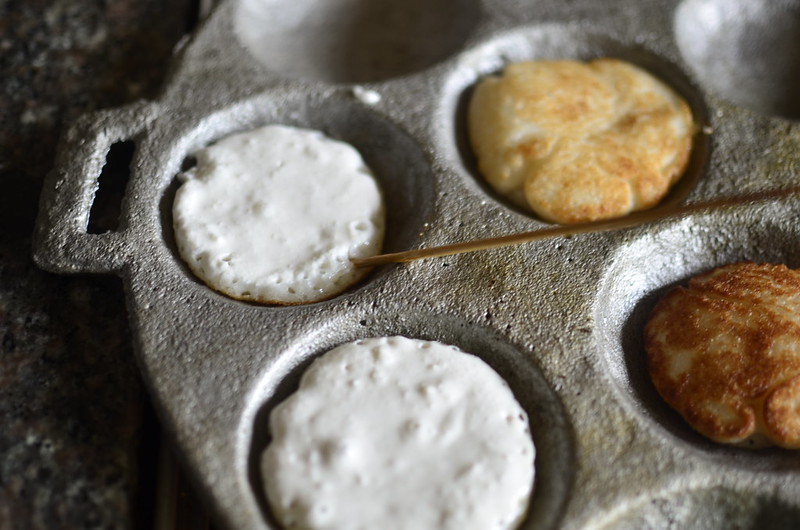
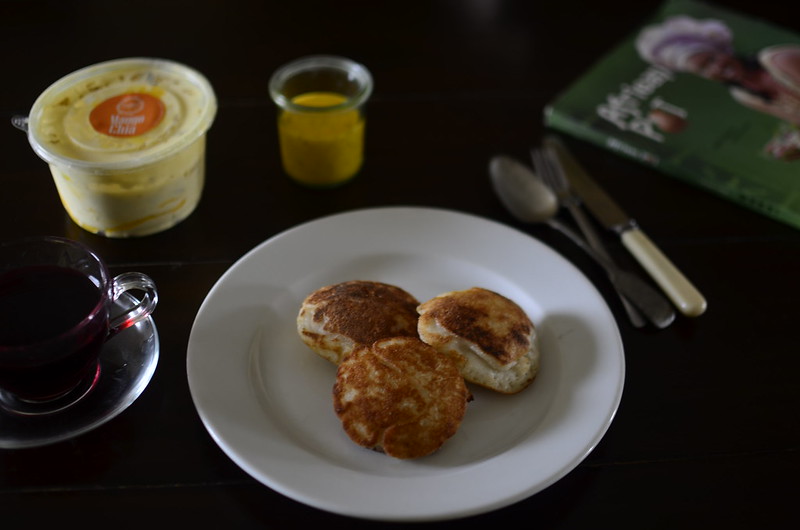
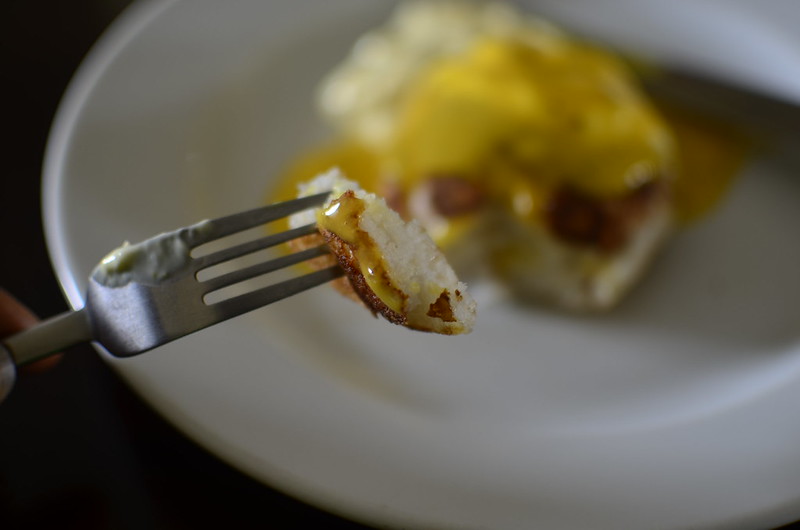
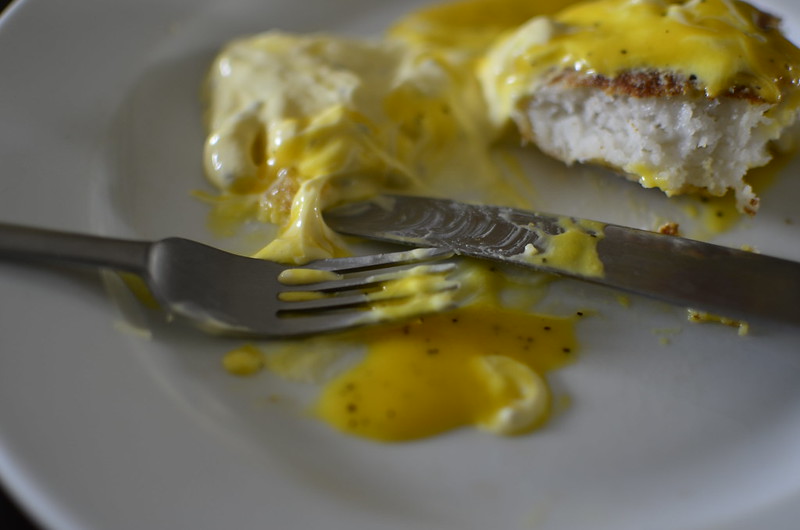
Leave a Reply